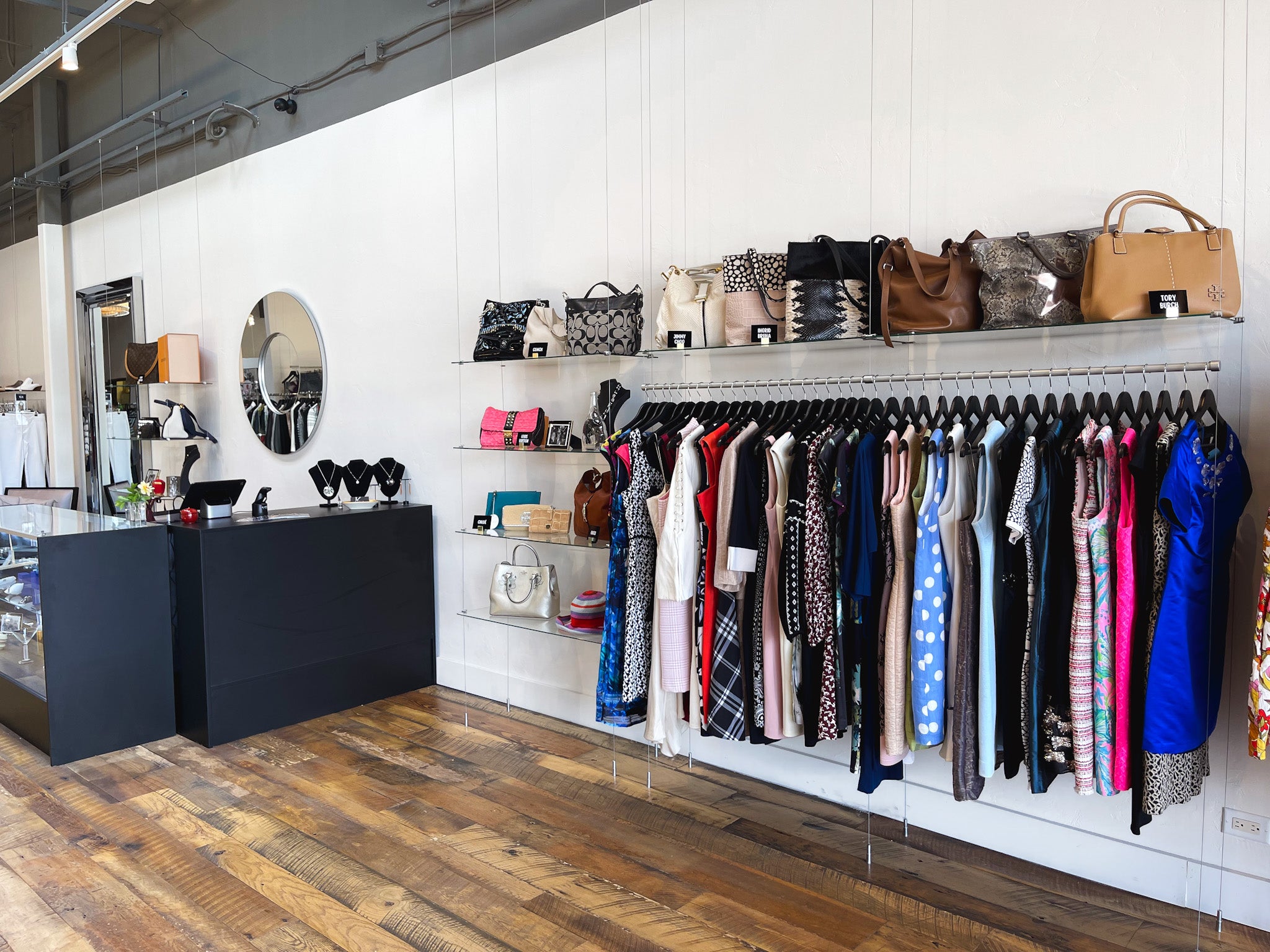Exploring the Development and Impact of Apparel on Modern Fashion Trends
The development of garments has actually significantly influenced contemporary style fads, combining historical precedents with advanced advancements. Legendary numbers like Coco Chanel and Yves Saint Laurent revolutionized the fashion market by presenting ideas that focus on comfort and ease of access, which continue to reverberate today.
Historic Fashion Influencers
In the tapestry of fashion history, specific numbers have actually left an enduring mark, forming the patterns and styles that define entire ages. Coco Chanel, an advanced developer, redefined ladies's fashion by presenting comfy, sophisticated clothes that left from restrictive bodices. Her renowned Chanel fit and little black gown have become ageless staples in wardrobes worldwide. In A Similar Way, Christian Dior's post-war "New Look" in 1947, with its celebration of femininity through complete skirts and cinched waistlines, noted a go back to luxury and has remained to affect designers.
Elsa Schiaparelli is one more pivotal number, renowned for her progressive designs that integrated surrealist art, collaborating with Salvador Dalí to produce whimsical items that tested traditional appearances. Her innovative use shade and strong patterns reverberates in modern fashion. Yves Saint Laurent, at the same time, democratized high style with prêt-à-porter collections, bringing runway designs to the masses and establishing a precedent for contemporary ready-to-wear lines.
These enthusiasts, to name a few, not just reinvented fashion in their times yet also established withstanding trends that reverberate in today's fashion market, providing a structure upon which modern-day designers proceed to build and introduce. Their legacies emphasize the significance of creative thinking and daring in style's ever-evolving narrative.
Technological Advancements in Style
Amidst the dynamic landscape of the style market, technological improvements stand at the center of innovation, reshaping how designers develop and customers involve with style. The assimilation of 3D printing has actually revolutionized layout processes, enabling designers to try out intricate frameworks and sustainable products that were formerly inconceivable. This innovation helps with rapid prototyping, reducing waste and quickening production times.

Smart textiles, installing innovation into fabrics, are additionally transforming the sector. Technologies like self-cleaning and temperature-regulating fabrics use boosted functionality and convenience. Wearable innovation, incorporating functions like fitness monitoring and communication, includes a brand-new measurement to style, combining appearances with usefulness.
Social Shifts and Style
As technological developments continue to reshape the fashion business, social changes are just as prominent, redefining design and consumer preferences. Over the last few years, the rise of social media sites systems has actually sped up the dissemination of global fashion fads, permitting varied cultural influences to exist side-by-side and assemble. This digital interconnectivity has facilitated the quick exchange of concepts, resulting in a more comprehensive and eclectic analysis of design that shows the multifaceted nature of modern-day culture.
Cultural awareness and admiration have actually prompted developers to attract inspiration from a broader range of ethnic and historical contexts, incorporating conventional motifs with modern aesthetic appeals. This combination has led to fashion that resonates with a broader target market, promoting a feeling of identification and belonging across different demographics. Furthermore, the boosting need for personalization has driven brand names to offer adjustable choices, making it possible for customers to express uniqueness while mirroring their cultural heritage.
Additionally, shifting societal values have actually affected style, with inclusivity and diversity ending up being central motifs. The industry has actually begun to accept models and influencers of different physique, ethnic cultures, and sex identities, tough traditional elegance requirements. This makeover highlights the power of cultural shifts fit the future of style, as style becomes a more genuine expression of collective and individual identification.
Sustainability and Modern Style
While the style industry continues to evolve, the important for sustainability has come to be progressively immediate, influencing contemporary style practices. This change aims to attend to ethical factors to consider and environmental concerns, resulting in a reevaluation of typical production approaches. Designers are now incorporating sustainable materials, such as organic cotton, recycled polyester, and naturally degradable textiles, right into their collections, reducing the environmental footprint of style. The surge of slow-moving fashion, which stresses top quality over amount, encourages customers to buy ageless items instead of transient trends.
In addition, modern design is defined by its innovation in reducing waste and advertising circularity. Strategies such as zero-waste pattern cutting and 3D knitting are gaining traction, enabling developers to develop garments with minimal fabric waste. In addition, brand names are embracing transparent supply chains, guaranteeing liability and cultivating customer trust fund. This technique not just minimizes environmental impact but additionally boosts the social duty of fashion residences.

Future Trends in Style

Sustainability will remain to be a driving pressure in shaping future style fads. The market is increasingly taking on environment-friendly products and moral production techniques, replying to an expanding customer need for accountable techniques. Developments such as bio-fabricated read this products and closed-loop recycling systems are established to redefine just how garments is generated and eaten, reducing ecological influence while maintaining design and top quality.
Cultural shifts, including the increase of inclusivity and variety, will certainly likewise play a pivotal function. As culture ends up being much more aware of social issues, style is expected to become a system for expression and change. Developers will likely concentrate on developing collections that mirror a more comprehensive series of identities and experiences, promoting representation and accessibility.
Verdict
The evolution of clothing dramatically affects modern useful source fashion patterns, where historic impacts merge with modern designs. This continuous development emphasizes fashion's function as a mirror to societal worths and technical innovation, suggesting a future rich with development and inclusivity.
The development of clothes has actually dramatically affected modern style trends, merging historical precedents with cutting-edge developments.Amidst the dynamic landscape of the fashion sector, technical advancements stand at the leading edge of technology, improving just how designers create and consumers involve with fashion.While the fashion industry continues to develop, the vital for sustainability has ended up being significantly urgent, influencing modern style practices. As sustainability becomes ingrained in modern-day layout, it paves the way for an extra conscious and liable style sector.
The advancement of clothing considerably influences modern style patterns, where historical influences merge with contemporary styles.